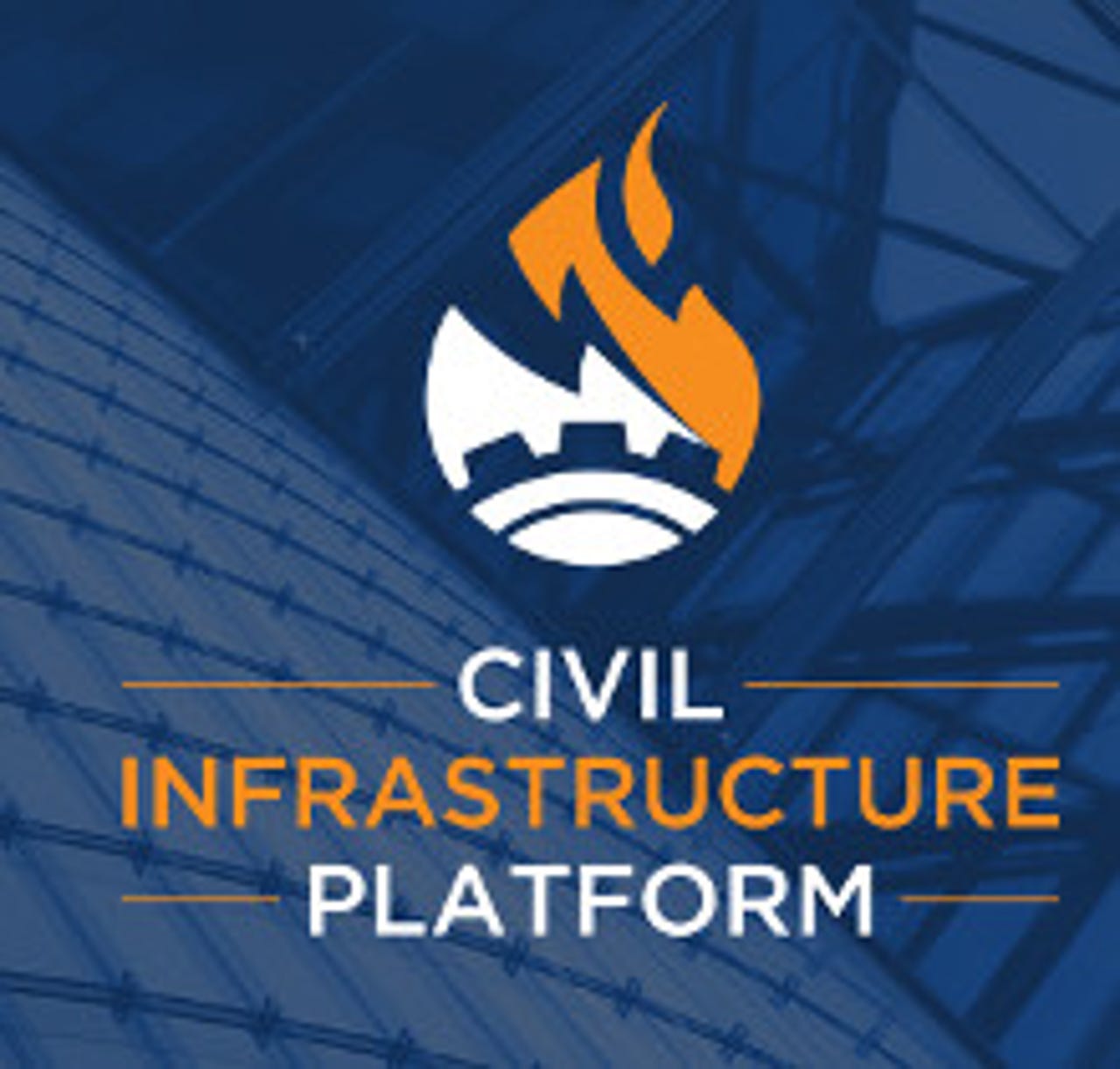The Linux Foundation launches Linux-based Civil Infrastructure Platform

SAN DIEGO -- The Linux Foundation announced today at the Embedded Linux Conference & OpenIoT Summit a new project: The Civil Infrastructure Platform (CIP). This, an open-source framework, is meant to provide the foundation needed to deliver essential services for civil infrastructure and economic development on a global scale.

And what, you ask, is a Civil Infrastructure Platform? According to the CIP FAQ, it's "Any technical systems responsible for supervision, control, and management of infrastructure supporting human activities, including, for example, electric power generation and energy distribution, oil and gas, water and wastewater, healthcare, communications, transportation, and community management. These systems deliver essential services, provide shelter, and support social interactions and economic development. They are society's lifelines."
This is a big -- with an emphasis on the word "big" -- business. A 2014 PricewaterhouseCoopers (PwC) report estimated the annual global infrastructure demand is $4 trillion and will climb to nearly $9 trillion by 2025 due to the rapid growth of emerging markets. Countries such as Brazil, China, and Japan, for example, are experiencing accelerated rates of growth in civil infrastructure projects. Open source promises to bring to these massive projects the same virtues it does to much smaller projects: no duplication of effort, no waste of development time, and unity instead of fragmentation and interoperability issues over civil infrastructure systems.
"Linux and open source software can accelerate innovation, enable interoperability, and transform technology and business economics for an industry. The Civil Infrastructure Platform is a great example of this opportunity," said Jim Zemlin, The Linux Foundation's executive director, in a statement. "Through collaboration and open-source development, developers will be able to build the common framework that will support some of society's most important functions for decades to come."
Specifically, CIP aims to work upstream with the Linux kernel and other open-source projects to establish a "base layer" of industrial-grade software. This base layer will enable the use of software building blocks that meet industrial and civil infrastructure safety, security, and reliability requirements. As an open-source software project built collaboratively across industries, the platform aims to address the major challenges civil infrastructure projects face:
- Fill the gaps: Between existing open-source software and industrial and infrastructure requirements, addressing technical needs such as real-time and functional safety support, as well as long-term availability and compatibility and security.
- Speed: As an open-source solution, CIP enables engineers to save time building foundational elements shared across civil infrastructure projects both small and large.
- Cost: By developing CIP as an open-source project, the development costs are shared and controlled by thousands of developers.
- Interoperability: CIP provides an open framework that integrates existing standards to support plug and play-based system designs.
- Reliability: Based on Linux, CIP will provide a robust software base for system designs.
- Security and safety: CIP will provide a software foundation that enables secure and safe delivery of critical services like power, gas, and water, even in times of disaster.
- Sustainability: The initial focus of CIP will help establish a long-term maintenance infrastructure for selected open source components, accounting for product life cycles of 10-60 years. To achieve this, CIP members will collaborate on agreed-upon areas required to meet civil infrastructure systems' requirements.
These are not small goals, but the companies that have first joined the CIP include Hitachi, Siemens, and Toshiba. They're used to big challenges.
Related Stories: